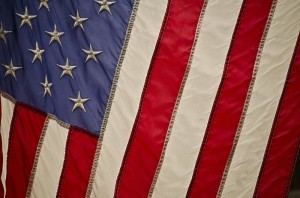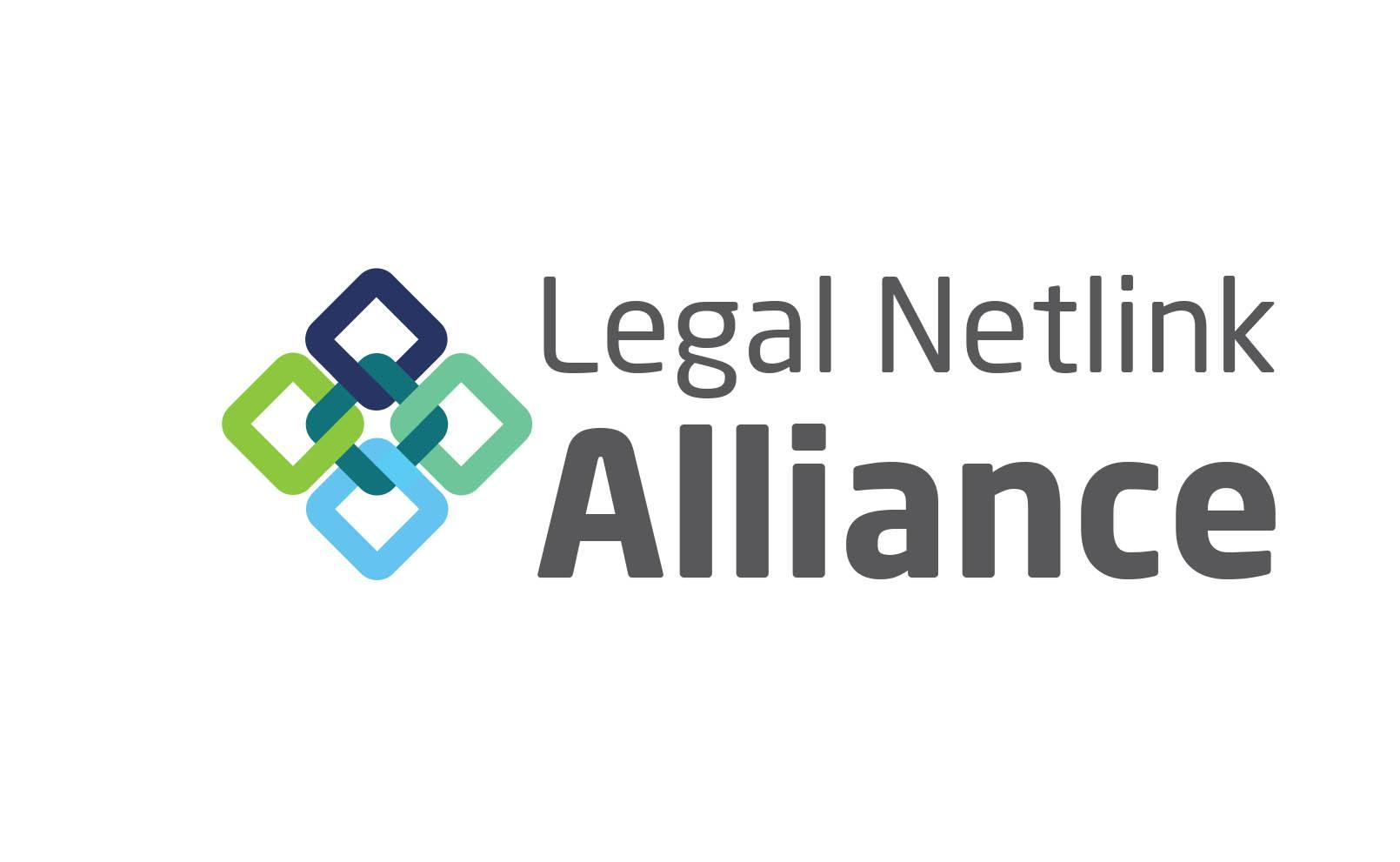In the past year, there has been a continual call for “safe spaces” to be available to students on campuses across the nation. According to The Safe Space Network, a “safe space” is a “place where anyone can relax and be able to fully express, without fear of being made to feel uncomfortable, unwelcome or unsafe on account of biological sex, race/ethnicity, sexual orientation, gender identity or expression, cultural background, religious affiliation, age, or physical or mental ability.” Last fall, in response to a series of racial issues at the University of Missouri, a group of students sought to establish a safe space on the campus quad by linking arms and forming a wall around the quad. When journalists attempted to enter this space, which is a public area on campus, they were denied access. This protest garnered national news coverage and led to the resignation of the president of the university and the termination of a professor who engaged in barring the journalists.  This desire for safety has also appeared in requests made by students that certain modules of academic study—ranging from legal topics to well-known works of literature—be removed from courses because of the “inflammatory” nature of the subjects. Literary classics are now considered potentially “unsafe” for students to read and some universities are including trigger warnings printed beside certain titles. Quite often, the students assert that to maintain these courses of study is to violate the civil rights of the students and that those violations outweigh the idea of free speech. There is great uncertainty in continuing down this path, in trying to balance free speech and civil rights. The attempt to do so has resulted in some fairly dire consequences. It is difficult to pinpoint what the triggers are, and to determine what and who is being protected in safe spaces. Many schools have lost both professors and students who are concerned about charges of misconduct based upon the expression of opinion or discussion of a topic that another may find offensive.
This desire for safety has also appeared in requests made by students that certain modules of academic study—ranging from legal topics to well-known works of literature—be removed from courses because of the “inflammatory” nature of the subjects. Literary classics are now considered potentially “unsafe” for students to read and some universities are including trigger warnings printed beside certain titles. Quite often, the students assert that to maintain these courses of study is to violate the civil rights of the students and that those violations outweigh the idea of free speech. There is great uncertainty in continuing down this path, in trying to balance free speech and civil rights. The attempt to do so has resulted in some fairly dire consequences. It is difficult to pinpoint what the triggers are, and to determine what and who is being protected in safe spaces. Many schools have lost both professors and students who are concerned about charges of misconduct based upon the expression of opinion or discussion of a topic that another may find offensive.  The University of Missouri recently advised that it would be closing two dorms in the coming year, as there has been a significant drop in students applying for housing and a sharp drop in admissions for the 2016 school year, due in part to the activities from last fall. At the heart of these situations is the need to find a delicate balance between 1st Amendment free speech and 14th Amendment civil rights, a balance which has, thus far, been difficult to find.
The University of Missouri recently advised that it would be closing two dorms in the coming year, as there has been a significant drop in students applying for housing and a sharp drop in admissions for the 2016 school year, due in part to the activities from last fall. At the heart of these situations is the need to find a delicate balance between 1st Amendment free speech and 14th Amendment civil rights, a balance which has, thus far, been difficult to find.
Footer
© Van Osdol, PC. All rights reserved.
The choice of a lawyer is an important decision and should not be based solely upon advertisements.

